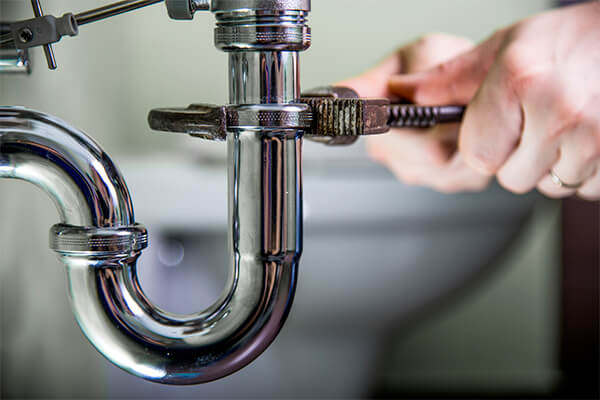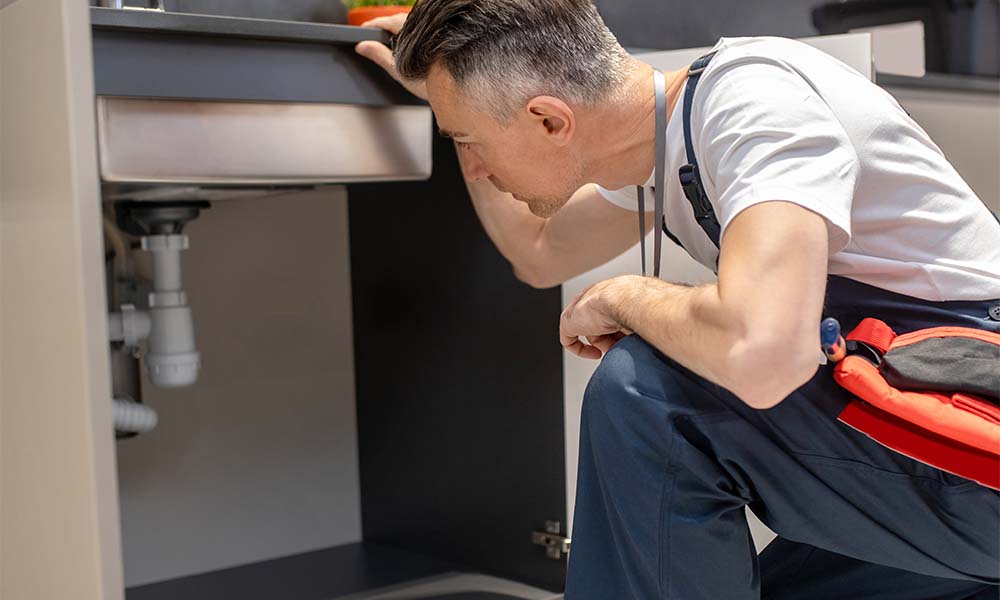When you think about sewer line damage, it might not be the most exciting topic, but understanding its causes and prevention could save you a lot of trouble down the line. Have you ever considered how tree roots or shifting soil might affect your pipes? Or how aging infrastructure could lead to unexpected expenses? There’s a lot more to uncover about how these factors contribute to sewer line issues and what you can do to protect your system. Stick around to discover practical tips that could help you steer clear of costly repairs and keep your sewer lines functioning smoothly.
Common Causes of Sewer Damage
There are several common causes of sewer damage that property owners should be aware of. One of the primary culprits is aging pipes. Over time, pipes can corrode or weaken, leading to cracks or breaks. If your home has an older plumbing system, you might face this issue sooner rather than later.
Additionally, shifting soil can cause significant stress on sewer lines. Natural occurrences like earthquakes or heavy construction work nearby can disturb the ground, resulting in misaligned pipes or even collapses.
Another frequent cause is blockages, often from improper disposal of items down the drain. Grease, hair, and non-flushable items can accumulate, creating stubborn clogs that put pressure on your sewer lines. It’s essential to be mindful of what you’re flushing or pouring down your drains to prevent these costly problems.
Furthermore, temperature changes can lead to pipe damage. Freezing temperatures can cause pipes to expand and crack, especially if they’re not adequately insulated. Ensuring your pipes are well-protected against extreme weather changes can save you from unexpected repairs.
Tree Roots and Sewer Lines
In addition to common causes like aging pipes and blockages, tree roots present a significant threat to sewer lines. You mightn’t realize it, but those beautiful trees in your yard can send roots searching for nutrients and moisture, often found in sewer lines.
When a tiny crack or loose joint is present in your pipes, it’s like an open invitation for roots to invade. Once inside, they can grow rapidly, causing obstructions or even breaking the pipes entirely.
To prevent this, it’s vital to be aware of the types of trees you plant near your sewer lines. Some species are more aggressive than others, so consult with a local nursery or arborist about which trees have less invasive root systems.
Regular inspections are also essential. By having a professional check your sewer lines, you can catch and address root intrusions early before they cause significant damage.
If you suspect root intrusion, don’t hesitate to act. Specialized tools and techniques, like hydro jetting or root cutting, can remove roots from pipes.
And remember, maintaining a healthy sewer system is essential for avoiding costly repairs down the road.
Impact of Shifting Soil
Many factors can contribute to sewer line damage, and shifting soil is a significant one. When the ground beneath your home starts to move, whether due to natural causes like erosion or human activities such as construction, it can lead to serious problems for your sewer lines. The constant shifting and settling of soil can create pressure on the pipes, causing them to crack or even break. This is especially true if your home is built on unstable soil types like clay or silt, which are more prone to movement.
You might notice signs like slow drains, foul odors, or even sinkholes in your yard, indicating that shifting soil is affecting your sewer line. It’s essential to address these issues promptly because ignoring them can result in costly repairs and potential health hazards.
To prevent damage from shifting soil, consider proactive measures. Installing flexible piping can help accommodate soil movement. Regular inspections and maintenance can also catch early signs of trouble before they escalate. Additionally, proper landscaping and drainage systems can help manage water flow and reduce soil erosion, minimizing the risk of soil shifting in the first place.
Aging Pipe Concerns
While shifting soil can wreak havoc on sewer lines, aging pipes present their own set of challenges. As sewer pipes age, they naturally become more susceptible to wear and tear. Materials like cast iron or clay, which were commonly used in older homes, can deteriorate over time. You might notice frequent blockages or leaks, which are telltale signs that your pipes are reaching the end of their lifespan.
Corrosion is another issue, especially with metallic pipes, leading to weakened structural integrity and potential collapse.
Tree roots are particularly problematic for aging pipes. As trees grow, their roots instinctively seek out moisture, which often leads them to your sewer lines. Older pipes, being more brittle and porous, provide easy access for these roots. Once inside, roots can cause major blockages or even break the pipes entirely.
Additionally, aging pipes mightn’t be equipped to handle the increased water pressure and modern household waste. Over time, this can lead to cracks and fractures.
If you’re living in an older home, it’s vital to be aware of these problems. Addressing aging pipe concerns early can help you avoid costly repairs and maintain a properly functioning sewer system.
Regular Inspection Benefits

Regular inspections are an essential tool in maintaining your sewer system’s health. By checking your sewer lines regularly, you can catch small issues before they become costly problems. A minor blockage or a small crack mightn’t seem like a big deal now, but if left unchecked, these issues can lead to significant damage, causing backups, leaks, or even a complete system failure.
When you commit to regular inspections, you’re also prolonging the lifespan of your sewer system. By identifying and addressing problems early, you reduce the strain on your pipes, helping them function efficiently for much longer. This proactive approach not only saves you money in the long run but also spares you the inconvenience of unexpected repairs.
Additionally, regular inspections can give you peace of mind. Knowing your sewer system is in good shape means you don’t have to worry about sudden breakdowns or unpleasant surprises.
You’ll have a clear understanding of your system’s condition, allowing you to plan maintenance and repairs without the stress of emergencies. So, don’t overlook the benefits of keeping a regular check on your sewer lines—it’s a simple step that can make a big difference.
Prevention and Maintenance Tips
A few proactive measures can greatly reduce the risk of sewer line damage. Start by being mindful of what you flush down your toilets. Only flush toilet paper and waste; items like wipes, diapers, and feminine products can cause blockages.
In the kitchen, avoid pouring grease or oil down the sink, as they can solidify and clog pipes. Instead, collect grease in a container and dispose of it in the trash.
Regular maintenance is key. Consider scheduling annual inspections with a professional plumber to catch early signs of trouble. They can use cameras to detect potential issues like tree root intrusion, cracks, or misaligned pipes. Addressing these problems early can save you from costly repairs down the line.
You can also protect your sewer lines by being conscious of landscaping choices. Plant trees and shrubs away from sewer lines to prevent roots from seeking moisture and infiltrating pipes. If you’re unsure of your sewer line’s location, consult a utility company before starting any digging projects in your yard.

